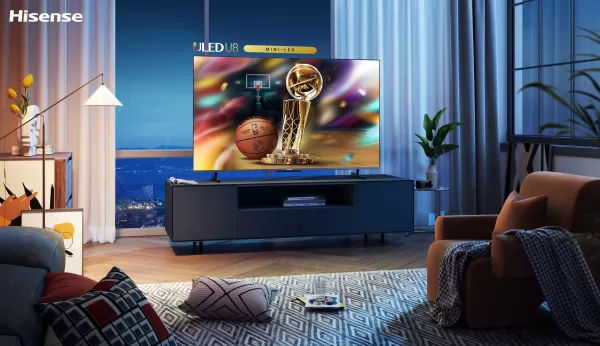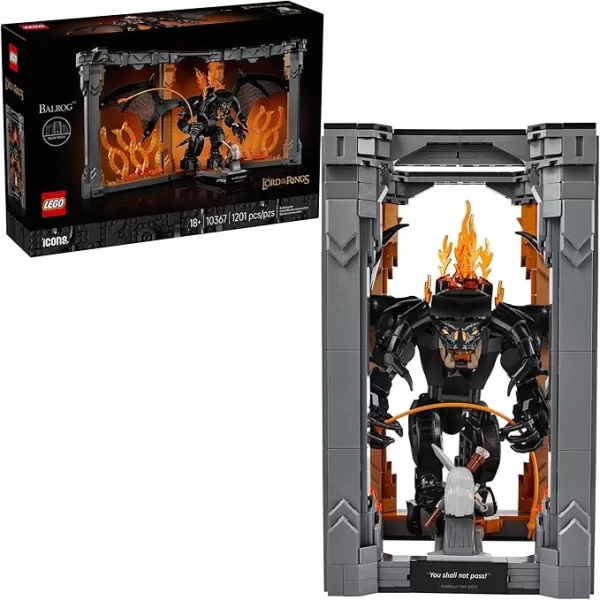My first OLED TV, the LG E8 55-inch, purchased in 2019, was a game-changer during lockdown. It was the ultimate companion for immersive gaming. Initially, I didn’t fully grasp OLED (organic light-emitting diode) technology. Unlike LCDs with backlights, OLED’s self-lit pixels deliver infinite contrast. Playing Final Fantasy XV and battling through The Last of Us Part II felt like reliving vivid, nostalgic memories in real time. That experience hooked me, and I didn’t stop with the E8.
Years later, I upgraded to the LG C2 65-inch TV and explored numerous OLED display devices. I learned not all OLEDs are identical—different technologies power them. Curious about OLED types? There are several, but three stand out for gamers: WOLED, QD-OLED, and AMOLED.

WOLED, QD-OLED, and AMOLED: How They Function
OLED technology has evolved over decades, with pioneers like Kodak and Mitsubishi experimenting early on. LG’s OLED TVs in the early 2010s brought it to the mainstream.
LG’s version, WOLED (White OLED), dominates its branding. Unlike traditional OLEDs without backlights, WOLED uses self-lit pixels for striking contrast and vibrant colors. However, red, green, and blue emitters degrade unevenly, risking burn-in.
WOLED addresses this by using a white OLED layer with an RGBW color filter. All pixels emit white light, filtered for color. But this approach has drawbacks—color filters cause uneven brightness and reduced color volume. Advanced WOLEDs use Micro Lens Array technology, embedding thousands of microlenses per pixel to enhance light focus.
In 2022, Samsung introduced QD-OLED (Quantum Dot OLED), replacing the white layer with a blue one that energizes quantum dot color converters. Unlike RGBW filters, quantum dots absorb light, converting blue to red or green without losing brightness, resulting in vivid colors.
AMOLED, meanwhile, incorporates a thin-film transistor (TFT) layer to control pixel charge, enabling faster activation. However, this sacrifices some of OLED’s signature infinite contrast.

WOLED, QD-OLED, AMOLED: Best for Gaming?
Choosing the ideal OLED for gaming depends on your setup and preferences. Simply put, QD-OLED often leads. However, WOLED and AMOLED have their place.
AMOLED is common in smartphones and laptops, not TVs, due to high costs. Its flexibility suits foldable devices, offering high refresh rates and wide viewing angles. However, its lower brightness struggles in direct sunlight, and for smaller devices, display type is often non-negotiable.
For gaming monitors and TVs, you choose between WOLED (branded as OLED) and QD-OLED. WOLED’s white layer achieves high brightness with whites, but its RGBW filter dims colors. QD-OLED, with quantum dots absorbing light, delivers brighter, bolder visuals.
Yet, WOLED excels in bright environments. My OLED TV, placed across from windows, maintains deep blacks despite glare. My QD-OLED monitor, however, shows a purplish tint in similar conditions, as Samsung omitted the polarizing layer to boost brightness, increasing reflections.
QD-OLED generally offers superior color and brightness, but WOLED is less distracting in reflective spaces. Ultimately, quality hinges on specs—higher budgets yield better displays.
Future OLED options may soon expand beyond WOLED and QD-OLED.
PHOLED: The Next OLED Frontier
PHOLED (Phosphorescent OLED) uses phosphorescent materials for light conversion, unlike fluorescent ones. Its challenge? Blue PHOLED’s shorter lifespan renders panels unreliable.
LG recently announced a breakthrough in blue PHOLED, paving the way for mass production. Dubbed “Dream OLED,” PHOLED achieves 100% luminous efficiency, far surpassing fluorescence’s 25%. This promises brighter displays with lower power use.
PHOLED TVs are still distant, but expect the technology in smartphones and tablets soon.



 LATEST ARTICLES
LATEST ARTICLES 











